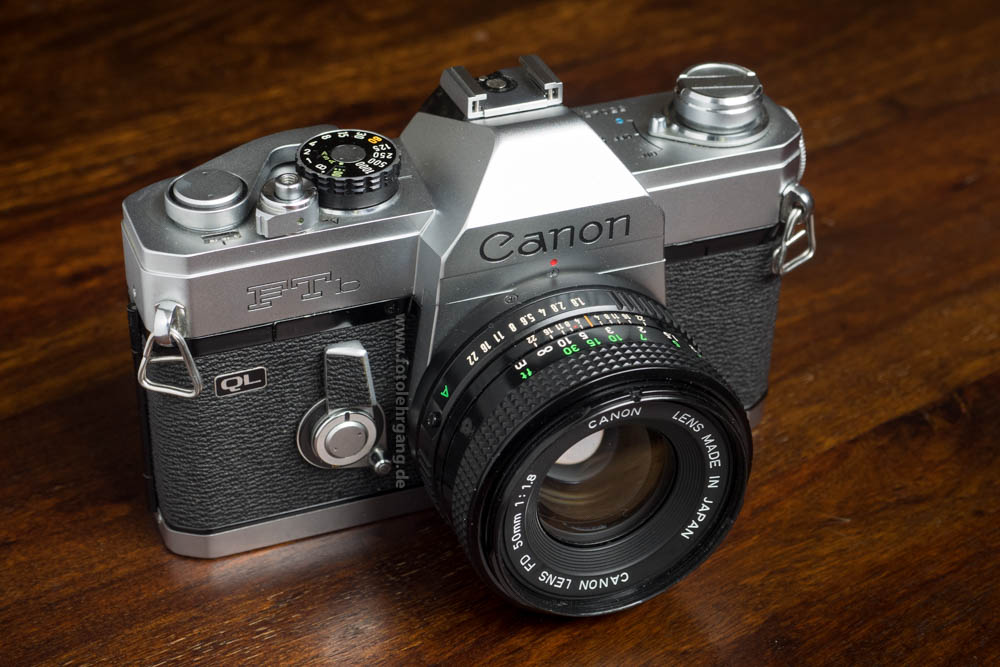The Camera - 2
Different Types of Cameras
Short Summary:
Most digital cameras fall into a few different types, based on what they can do. For example, there's
Compact Cameras,
Bridge Cameras,
Mirrorless Cameras,
(D)SLR Cameras,
and some really special types of cameras.
In Detail:
There are a ton of different types of cameras to choose from, depending on what you're into photography-wise. To make sense of all the options, people often group them based on different features.
One way to do this is by looking at how the camera is built, especially the type of viewfinder it has.
Viewfinder Types
Most cameras come with a viewfinder that helps you see what's gonna end up in the photo, sometimes more accurately than others. Some cameras even have a few different ways to use the viewfinder. Plus, lots of cameras also have a screen, a display built-in, which you can use to adjust the image composition.
Different viewfinders work better for different use cases, and since most cameras only have one type, we can divide them into groups based on this feature.
Viewfinder camera

Viewfinder cameras let you see the shot through a special device, kind of like a gun's sight. You just look through it and aim. Some viewfinders are more fancy, and have a lens setup like a telescope sight (but usually without the magnification).

SLR cameras (more specifically, single-lens reflex cameras) and bridge cameras allow the photographer to see the image through the (taking) lens. Information on the advantages and disadvantages of these two different types can be found on the following pages.
DSLR-cameras (digital-single-lens-reflex cameras), Mirrorless Cameras (DSLM digital-single-lens-mirrorless ) and Bridgecameras let you see the shot through the lens you're taking it with. If you want to know more about the pros and cons of these two types of cameras, check out the next pages.
Recording formats
There's a bunch of different ways to store the photos you take, depending on what you need and how good you want the quality to be. We can categorize digital cameras by the type and size of the sensor they use, and also by how many megapixels they can capture. You can get anything from the tiny sensors in a smartphone to a big digital back for large format cameras.
